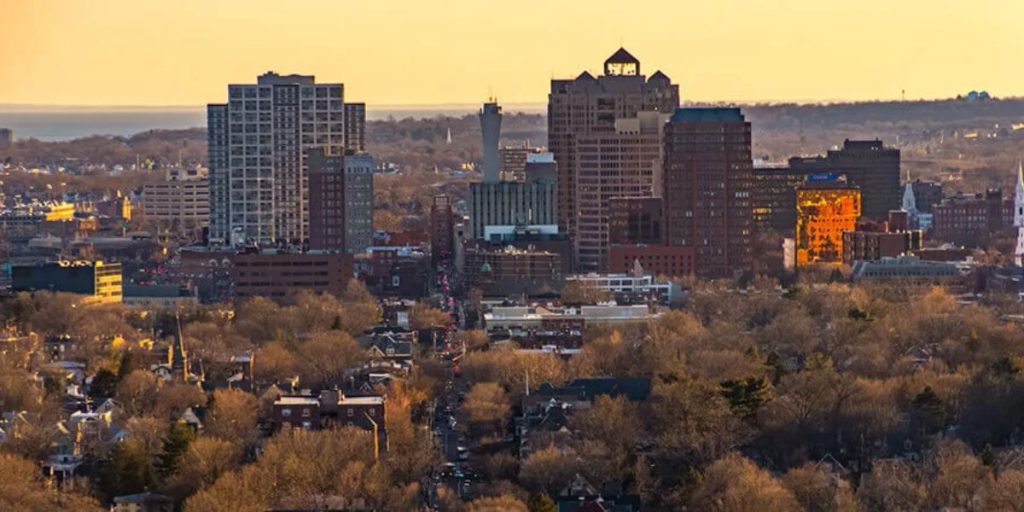Connecticut, known for its stunning landscapes and affluent communities, is seeing an unexpected trend: an increasing number of inhabitants are packing up and leaving particular towns. While the state still has many prosperous villages, other municipalities are experiencing severe population loss. This article digs into five Connecticut towns that are experiencing significant population declines, investigating the causes of this trend and what it implies for the future of these communities.
Hartford
Hartford, Connecticut’s capital, has been dealing with population reduction for several years. Despite its long history and cultural significance, a number of reasons contribute to its downfall.
Hartford has one of the state’s highest unemployment rates, discouraging residents from returning and enticing new families. More than 28% of Hartford residents live below the poverty line, in sharp contrast to the state’s average poverty rate of 9.4%.
Hartford has a violent crime rate of 1,095 per 100,000 population, which is far higher than the national average of 366.7. Property crime rates are still high, with theft and burglary being major concerns. Public Schools face various issues, including underfunding and low graduation rates, which make them less appealing to families.
New Haven
New Haven, home to the famed Yale University, is experiencing a drop in its residential population. While Yale’s presence delivers riches to portions of New Haven, considerable income discrepancies persist. The typical household income is $42,222, significantly lower than the state average.
High living expenses, particularly housing, are driving middle-class families out of the city. New Haven’s crime statistics, particularly violent offenses, exceed the national average. The city had a violent crime rate of 895 per 100,000 people.
Many communities are plagued by urban blight, with abandoned buildings and badly maintained infrastructure discouraging potential residents.
Bridgeport
Bridgeport, once a booming industrial hub, is now one of Connecticut’s fastest decreasing cities. The loss in manufacturing jobs has left many citizens unemployed. The city’s unemployment rate is around 8.4%.
Bridgeport has a 22% poverty rate, which is double the state average. Underfunded public services, such as schools and parks, diminish people’s quality of life.

Bridgeport’s violent crime rate remains high, at 865 per 100,000 population. The city has one of the highest foreclosure rates in Connecticut, which contributes to housing market volatility.
Waterbury
Waterbury, also known as the Brass City, is undergoing substantial outmigration owing to economic and social issues.
The city has one of the highest unemployment rates in the state, at 9.2%. Many households struggle to make ends meet, as the median household income is $41,136. Waterbury has a violent crime rate of 627 per 100,000 population, and property offenses are also common.
The existence of gangs raises safety concerns among people. Waterbury Public Schools has low performance scores and high dropout rates, which discourages families from settling down.
New London
Despite its lovely coastline setting, New London is facing a number of difficulties that are driving inhabitants away.
There are few work possibilities available, and the unemployment rate is higher than normal at 6.9%. The median household income in New London is $46,875, which is below the state average.
While housing is very inexpensive, the quality of available housing is frequently poor, causing unhappiness among tenants.
The total cost of living, including utilities and healthcare, is greater than in other sections of the state. With a violent crime rate of 540 per 100,000 residents, those considering relocating to New London continue to be concerned about their safety.
Conclusion
Connecticut, a state recognized for its richness and historical charm, is struggling to keep inhabitants in some communities. Hartford, New Haven, Bridgeport, Waterbury, and New London are facing economic challenges, high crime rates, and weak educational systems.
While each town faces unique issues, the overriding thread is clear: without significant improvements, these communities’ populations will continue to drop. Addressing these concerns will be critical to the future viability of these towns and the state as a whole.